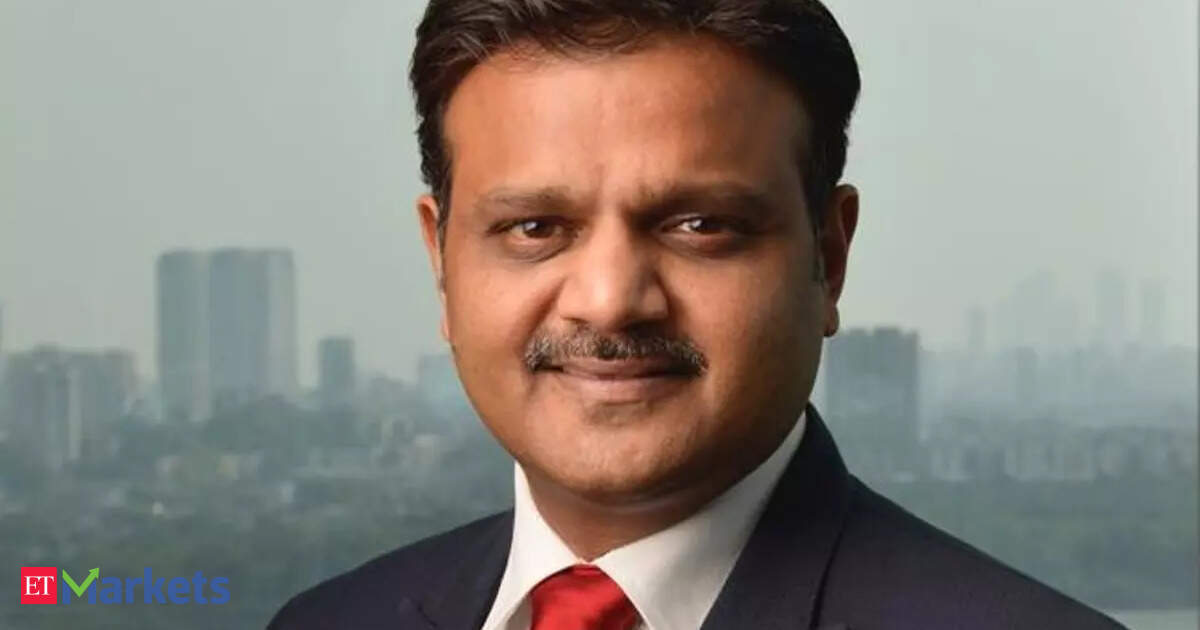What is your take on the metal pack because that’s a sector I believe you are overweight on and that is a globally linked play. What makes you bullish on the metal pack?
Anand Shah: Indeed, profitability in general, especially in the ferrous metals, is still fairly muted globally. We are seeing very strong exports coming out of China which is putting a lot of pressure not only on the profitability of the Chinese steel companies but even the profitability for steel companies globally is under pressure as Chinese demand remains muted. But the production and exports continue to remain strong.
The whole premise on being overweight on select cyclical sectors is that we believe in pockets of chemicals and pockets of metals, we will see bottoming out of the margin sooner or later and that is when a little bit of pricing power will come back along with a little bit of margin growth along with reasonable topline growth. Valuations remain fairly attractive in these segments of the market relative to the overall market PE multiples. So, a combination of expected recovery in earnings and the reasonable valuations makes us more positive on this sector versus others.
Let us shift focus from metals to pharma. The entire tariff overhang from Trump still continues to play on that sector but amid the pharma space, there is healthcare, diagnostics, CDMO. So much is happening within pharma. What is your stance on pharma and is there any sub-theme you are liking at the moment?
Anand Shah: We continue to be very bottom up in pharma because there are very different drivers of earnings and growth for each company. The outlook for US generics notwithstanding, the tariff related uncertainty remains little positive. We had a lot of pricing pressure which has eased and that continues to remain fairly favourable for the generic companies in absence of a tariff issue. So, we still remain on the sidelines. We are still watching out to see what is happening on the tariff front and how the US generics is playing out, which is a large component of profitability for most of the pharma companies.
I remember that the last time we connected with you back in May, you were quite optimistic on the manufacturing theme and that time you used to like defence and railways as a pack. We have seen a fantastic run-up in these names of late. Do you believe now is the time for these stocks to take a bit of a breather in the short term and the long-term story and the growth trajectory continues?
Anand Shah: We have been positive on manufacturing for quite a while now. We saw the bottoming out of the manufacturing margins in 2019, 2020 phase and since then there has been a sharp recovery in profitability but more importantly, pockets of markets like defence and others have actually done extremely well and to that extent the valuations do not remain that attractive today in many of those pockets.
So, within manufacturing and again across the market, you will have to be more bottom up. Broadly the market is fairly priced and to that extent, no outsized returns can be expected from the broader market and from here on, for both for creating alpha on the way up as well as protecting the capital in the event of a sharp correction in the market being more bottom up, being more focused on the earnings growth rate at a reasonable price and reasonable valuations are both very important. We continue to focus on those areas, identifying sectors and companies where earnings growth relative to the valuations are attractive today.Let us talk about a sector where we have seen a lot of big moves happening. Recently, there has been lots of price competition in the entire paint space. Do you have any weightage on the paint space, if at all? What is your view going ahead and the select stocks you like now?
Anand Shah: One of the very big themes for us has been consolidation versus fragmentation. In our bottom-up stock picking, it is very important to see which sectors or which segments of the market where the number of players are reducing. There is a consolidation and to that extent, the pricing power is moving back to the manufacturer or to the service provider and that is where I have spoken about airlines and telecom sector in general before. In that context, the consumer space in general and paints in particular, have had a very high profitability for a very long period of time. We had a fairly stable competitive intensity where four players dominated that market. Since then, given that the valuations were reasonably high for this sector, and the market was ready to value them in greater multiples to their earnings, it has attracted a lot of competition.
We have seen an influx of quite a few players in that segment of the market, particularly in paints over the last few years and that has brought down the growth not only for individual companies, but also the margins. We are watching that space and seeing if there is an end of competition and we will again start seeing consolidation and moving up. That should help the sector and the companies in those sectors.
Does the same theory hold for the cement pack as well because there too we have seen a lot of consolidation, a lot of big players entering and of late, some reports are also highlighting that the pricing power seems to be coming back though on a month-on-month basis that keeps changing. You have been bullish there too. Cement is quite regionally divided. How do you analyse this trend and is any particular pocket looking interesting to you right now?
Anand Shah: Cement has been consolidating over the last 20 years and at region level it is further consolidated. Having said that, what we all like in the cement sector is that the profits are not very high. The margins relative to historically what they made is not significantly higher and to that extent we believe the cement has room for prices to move up or margins to move up given that the inflation has not been very high in that segment of the market for a very long period of time.
Overall, in one pocket, southern India, the margins were far lower than the average and that is where we are again seeing some bit of uptick. Otherwise, across India, we expect consolidation should drive slowly and steadily the profitability to higher levels as demand picks up. Demand will be the key, spending on real estate, spending on housing, spending on infrastructure. Without that, we will not get sustainable improvement in pricing and profitability that changes month on month. The reason is that demand is not as strong as one would want for a sustainable growth and improvement in pricing and the margins for the sector.







